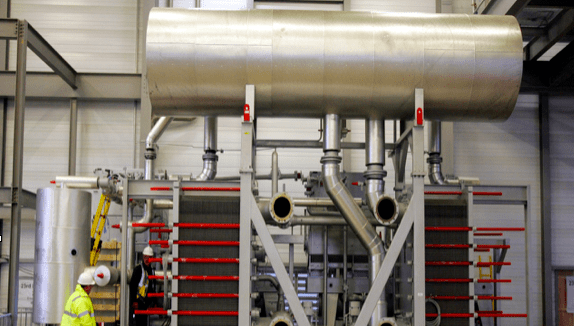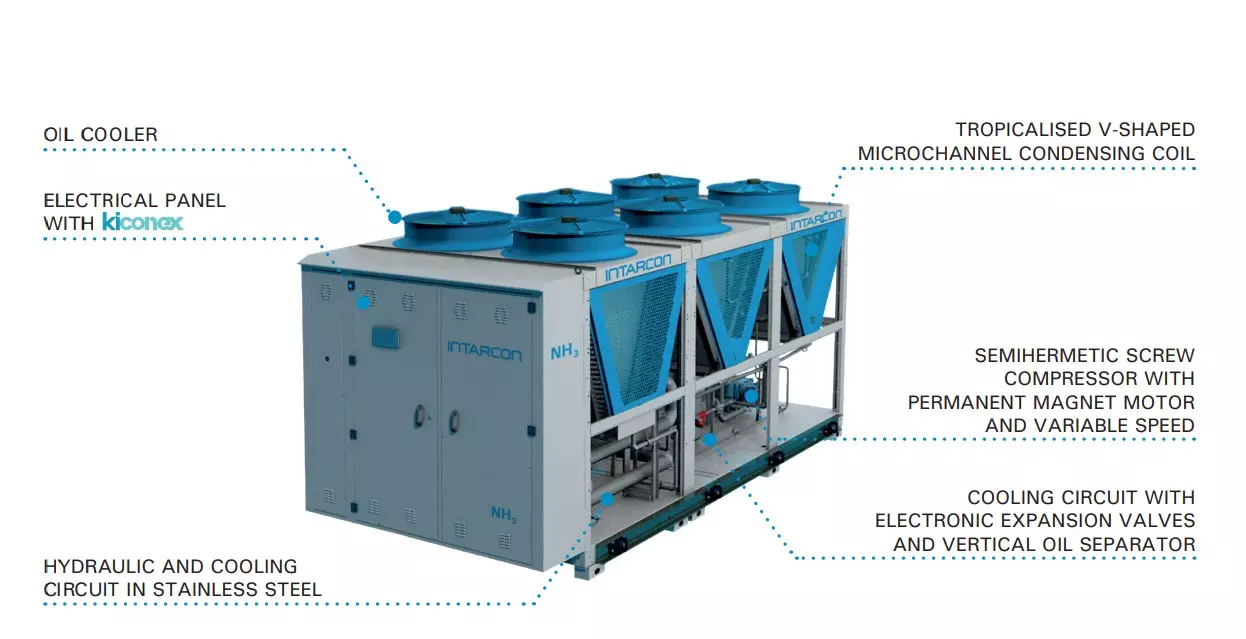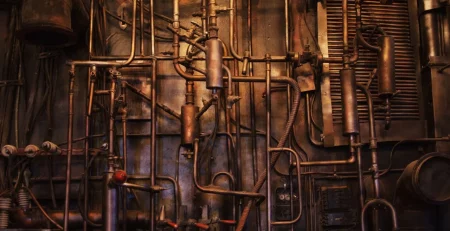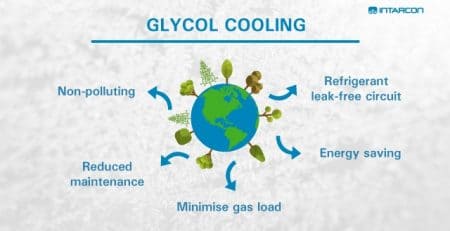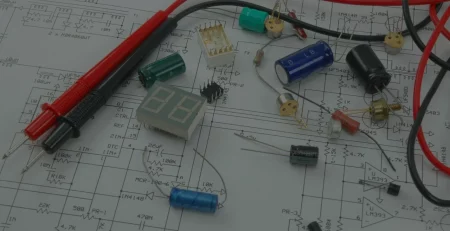Types of indirect systems
INTARCON2023-07-21T08:08:27+02:00As we could object in our previous article ”direct and indirect cooling systems”, we have a great variety of cooling systems available, which becomes an advantage when looking for your suitable system. You will be able to choose to have enough information to better assess which one best suits you and your needs. In this case, we are going to learn a little more about the types of indirect cooling systems.
Definition of indirect cooling systems
The refrigerant gas is confined in the cooling generation zone, where the cooling power is transferred to an intermediate fluid via a heat exchanger. The intermediate fluid, driven by a pumping system, conveys it to the end users such as air coolers, exchangers, tank coils, etc.
What are the types of indirect cooling?
They can be divided into:
- Closed indirect systems.
- Indirect systems with secondary fluids in phase change.
- Other types of indirect systems.
Closed indirect systems
The intermediate fluid does not come into direct contact with the product to be cooled. There are several types of closed indirect systems:
Indirect closed “Built-in on site”.
These are secondary fluid cooling systems which, due to their size, cannot be delivered factory-tested, although they can be prefabricated in blocks, as shown in the photo, one of the 6 modules for Heathrow Airport. Each one, using R-717 as refrigerant gas and MEG as secondary fluid for a unit capacity of 6,700 kW, with a content of 135 kg of R-717 equivalent to a critical load of 0.2 kg/kW .
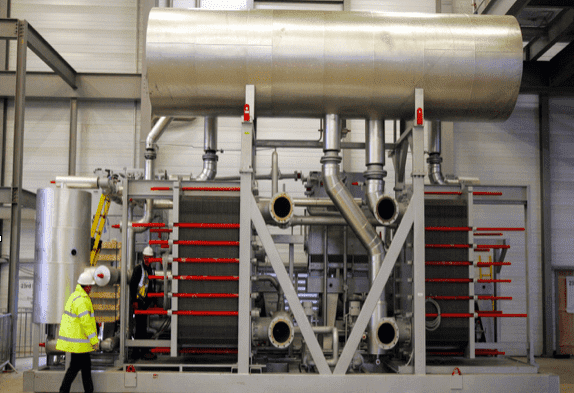
Indirect prefabricated
This is a secondary fluid cooling system that has been built and tested in the factory for operation and performance and delivered fully assembled to the plant for connection to the secondary fluid circuit. Figure 3 shows a prototype of an INTARCON chiller with R-717 as refrigerant gas, with screw compressor, air-cooled, suitable for operation at outside temperatures up to 48 °C. Cooling capacity 362 kW for cooling MPG at 35% between -5 °C and -10 °C, critical load 0.08 kg/kW.
Indirect systems with secondary fluids undergoing phase change
1. Ice Slurry – Two-phase mixture of liquids and solids
An indirect fluid cooling plant cools MPG or MEG to a temperature below the freezing point of a second fluid, water, MPG or MEG, contained in a second tank, equipped with an exchanger and a mixing system. Here this second fluid is kept in a mixture of liquid and solid phase in the form of “Ice Slurry”. A pump feeds a buffer tank, where another mixer keeps the fluid in this semi-frozen form and makes it possible to pump.
This mixture is pumped, usually over long distances. The heat, in the form of sensible and latent heat, is transferred via local heat exchangers, e.g. air coolers, to the rooms (or products) to be cooled. A typical example is air conditioning in diamond mines in South Africa.
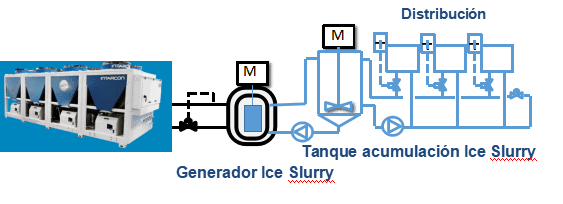
2. Secondary with refrigerant gas in phase change without pressure drop.
If you are wondering how this indirect cooling system works, a chiller cools by condensing it (the secondary refrigerant gas, e.g. CO2). This gas, in liquid phase, is pumped with hermetic or semi-hermetic pumps to the terminal units, where the secondary fluid exchanges latent heat without pressure change, evaporating a fraction of the liquid.
The advantages of this system are:
- The possibility of low temperature use, services down to -45 °C.
- Reduced pumping costs and reduced pipe diameter and insulation due to:
- 1 kg CO2 can exchange 258 kJ/kg. 1 kg of MPG can exchange, with a DT of 5 K, approximately 18 kJ/kg between -10 °C and -5 °C. Even considering pumping 2 times the mass of CO2 to be evaporated, the transport capacity of CO2 is 7 times higher than that of MPG.
- Viscosity: The viscosity of liquid CO2 at -10 °C is 0,118 mPa-s. The viscosity of MPG at -10 °C with a concentration of 35 % is 17.5 mPa-s. As the viscosity has an inversely proportional influence on the pressure losses in the circuit and the quantity of fluid to be pumped is much lower, this solution represents an optimal option from the point of view of energy savings in pumping, as well as a reduction in pipe diameter and insulation costs.
- Another favourable point is that, as the refrigerant is a fluid with a constant phase change and exchange temperature, the Δtml is higher, and consequently, and in parity with other parameters, the exchange surfaces are smaller.
3. Systems with peripheral low-temperature subcritical CO2 units
It is a system in which a chiller unit cools a secondary fluid, usually MPG or MEG, and a pumping system distributes it throughout the installation.
The secondary cooling fluid, or refrigerant, directly feeds the air coolers of the chambers and/or other cooling systems for 0 °C service.
At the same time the secondary fluid is used as a cold fluid to condense CO2 in compact subcritical peripheral units, which can cool freezing tunnels and/or low-temperature cold rooms.
Other types of indirect systems
In closing this article, we will only mention that there are other types of indirect systems, such as indirect condensing and open type systems. You can download the complete information by clicking on the image below. Both are analysed in this downloadable PDF file.
